Introduction
In the tech industry, having a strong foundation of skills and practical experience is crucial for success. Arduino is a popular platform that offers a low-cost and accessible way to learn about hardware and software development. In this blog post, we will explore how Arduino projects can be used to build skills and enhance a tech-focused resume, and we will provide tips for getting started with these projects. Whether you’re interested in robotics, data analysis, or Internet of Things (IoT) applications, an Arduino board can provide a wide range of opportunities to learn and grow.
In case you want to navigate through the blog quickly:
What is an Arduino?
Setting up an Arduino Project
Ideal Arduino Projects for You
Our Favorites
Insight into Jobs and Internships
What is an Arduino?
An Arduino is an open hardware development board that includes: analog and digital pins, a microcontroller, a serial connector, and other neat components. The Arduino programming language is based on C/C++, with a set of libraries and functions that are specific to the Arduino platform. It provides users with a strong foundation in both hardware and software development, as it allows them to work with physical devices and control them using code. Arduino, being an open-source electronics platform readily available to pretty much anybody interested, creates a great stepping-stone for the students in question. Project opportunities are endless with this board.
Setting up an Arduino Project
In this section we will cover how to use Arduino, the basic tools required for projects with Arduino as well as daughter boards, also known as “Shields”.
How to Arduino:
The first step would be to obtain an Arduino starter kit online. Most starter kits come with a range of components: breadboards, wires, servo motors, potentiometers, LEDs, resistors, etc. To begin writing your programs, the IDE is downloadable through the Arduino website. If you are new to C/C++ or looking to strengthen your coding skills, consider using resources like “do my java homework for me“, which can help you tackle programming challenges effectively. Arduino C, a subset language of C/C++, is used to program the board to your liking. Picking up these languages can supplement your resume’s “Skills” portion.
Python, C#, ArduBlock, and Snap4Arduino are also languages supported by Arduino.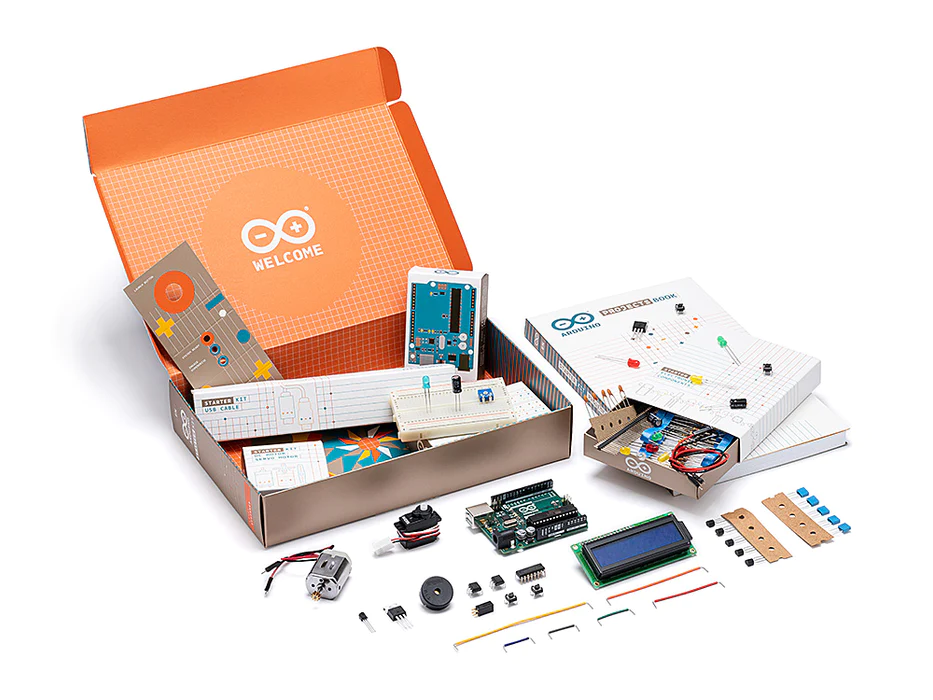
Tools for Arduino Projects
There are a variety of tools you may need as someone looking to explore the Arduino’s capabilities. Keep in mind, they are not too necessary if you’re a beginner Arduino user.
- Soldering Iron + Solder: 30W to 50W pen-style soldering irons should suffice
- Wire Strippers/Cutters
- Desoldering Pump
- Digital Multimeter (DMM): Capacitance measure setting, thermocouple mode, rapid bar-graph display, current range higher than 10A, and auto-ranging are some features to look for when purchasing a DMM.
“Shields” for an Arduino
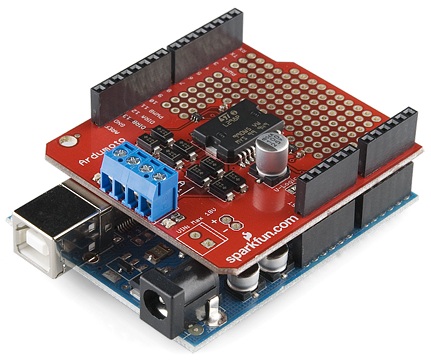
Arduino shield lying on top of the Arduino board. Photo courtesy of SparkFun
You can make your Arduino more than just a development board with a shield, in turn spicing up your project. Shields, or daughter boards, provide very specific functionalities to the Arduino like Wi-Fi connection capabilities, Ethernet, Bluetooth, etc. For the shield to be compatible with an Arduino, they must share the same form factor. The shield should have connectors that match the headers on the Arduino, allowing it to make electrical contact. These daughterboards can prove themselves to be instrumental for making projects that stand out to recruiters.
Why Arduino?
Proficiency with an Arduino would allow you to practice a multitude of skills, broadly speaking:
- Circuit Design – You’ll be working with and creating your own circuits that incorporate sensors, actuators, and other electronic components.
- Programming – Arduino supports beginner-friendly programming languages serving as a great way to learn how to write code that is efficient, reliable, and easy to maintain.
- Sensors – Taking feedback from your neighboring environment as an input, and working with the electrical signal as an output to progress your program is necessary to be comfortable with.
- Embedded Systems Design – An Arduino is a type of embedded system. Working with an Arduino can expose you to the principles of building systems that are small, reliable, and low-power.
- Hardware Interfacing – Interpreting digital and analog signals, using pulse-width modulation (PWM) to control motors, and serial communication to exchange data with other devices
The Ideal Arduino Projects for You
There are a variety of projects that are available on Arduino’s Project Hub. These projects are posted with the intent to be reviewed and taken as inspiration. Provided inside the project description is the source code, instructions, and the components/tools used in the project. It is worth noting that simply copying the most popular projects will not yield the best results for your time. First, it is important to cater your projects, and thus your resume, to the position you’re applying for. Taking time to pick and choose what projects to start with is very important. For example, if you’re looking to be employed in a machine learning oriented position browsing the robotics side of the project hub may be of use to you.
It is wise to try out various projects. Completing these projects will allow you to hone your skills, and eventually provide you with a portfolio of projects you can choose from to showcase on your resume. Showcase the projects that are most relevant to the positions you’re applying for. The more projects one has, the more positions one can apply for. This greatly increases the chances of landing a job or an internship.
Our Favorite Arduino Projects
Here is a short compilation of Arduino projects that we think are great for your resume.
Air Quality Monitor
Arduinos can be used to gather data from sensors and display it on a local display or website. This project specifically would demonstrate your ability to work with data and build interactive systems.
Arduino Radar
You’ll learn about concepts such as distance measurement, pulse timing, and signal processing, which are all important in radar systems and other types of sensing applications.
Heart Rate Monitor
You’ll be able to interpret physiological signals through pulse measurement, signal processing, and data visualization, which are all important in bio-sensing applications.
Insight into Jobs and Internships
Generally speaking, interns, or individuals who hold entry-level positions, are looked at as investments. Internships are designed to serve as an exchange of skills for the completion of work. If you can present yourself as an individual with a high aptitude for growth and development, you’ll have a higher chance of being employed. Having a strong portfolio of relevant projects, such as those built with Arduino, will help you stand out as a candidate. Employers are often looking for individuals who are proactive, curious, and able to learn quickly, and having a portfolio of projects demonstrates these qualities.
Additionally, internships can be a great way to gain experience, build your resume, and make connections in the tech industry. Many internships also lead to full-time employment, so they can be a stepping stone toward your career goals.
How to position Arduino Projects in your resume
Once again, choose to showcase projects that are relevant to the position you are applying for. It is important to include relevant details about the projects as well. Adding the technologies included, tools used, and the challenges faced and how they were overcome during the project is a great way to start. Consider including a link to an online portfolio, such as a GitHub profile, or your Arduino project hub link — this can only help you further demonstrate your skills.
It’s also a good idea to highlight any skills or technologies you may have learned through your projects that are relevant to the position. For instance, if you built a home automation system using Arduino, you might want to mention that you have experience with sensors, actuators, and other hardware components, as well as programming languages such as C/C++ or Python.
Conclusion
In conclusion, Arduino projects are a great way for tech-focused students to build skills, enhance their resumes, and prepare for careers in the tech industry. Whether you’re interested in robotics, data analysis, or Internet of Things (IoT) applications, an Arduino board can provide a wide range of opportunities to learn and grow. By working on Arduino projects, you can gain experience with hardware and software development, circuit design, programming, sensors, actuators, and other important technologies. By building a portfolio of Arduino projects, you can showcase your skills and experience to potential employers and stand out in the job market. Overall, Arduino projects are a valuable resource for tech-focused students looking to build a strong foundation of skills and prepare for successful careers.
External Sources on Arduino Projects
- This article delves into the Arduino UNO’s electronic design, detailing its use of SMD components and the functionality of the ATmega328 microcontroller. It covers key features like memory types, power supply options, and communication interfaces, emphasizing how these elements support the integration of the Arduino into various projects. https://www.allaboutcircuits.com/technical-articles/understanding-arduino-uno-hardware-design/
- This guide outlines essential tools, components, and software for Arduino enthusiasts, as compiled by Jordan Fung. It covers soldering equipment, measurement tools, and drilling tools for hardware prototyping. The list includes common microcontrollers like the Arduino Uno and Nano, and necessary prototyping materials such as breadboards and jumper wires. Additionally, it highlights crucial electronic components like resistors, LEDs, and sensors that are integral to building and experimenting with Arduino projects. The article also mentions vital software including the Arduino IDE and Fritzing for designing and programming Arduino systems. https://www.instructables.com/Must-Have-Components-Tools-and-Software-for-Arduin/
- This tutorial provides an overview of Arduino shields, modular circuit boards that add functionality to Arduino projects. It explains how shields can help connect an Arduino to the internet, enhance it for tasks like controlling a rover, or add capabilities such as sound processing. The tutorial highlights the variety of shields available, their compatibility in terms of pin use and stacking, and the necessary steps for installing headers on shields. It also mentions that many shields come with example sketches or libraries for easy integration. While this specific tutorial is retired, an updated version is available, providing fresh insights into using Arduino shields for various applications. https://learn.sparkfun.com/tutorials/arduino-shields
- This page promotes a professional essay writing service offering a wide range of academic support to students. It highlights the ability to handle diverse subjects and assignments with a promise of fast delivery, uniqueness, and quality, all written by qualified writers mainly from the US and Canada. The service boasts over 1.5 million satisfied students and has been in operation for over ten years. Students can select from a variety of writers, each with detailed profiles including their ratings, number of orders completed, and educational qualifications. The service also provides direct communication with writers for personalized assistance, emphasizing features like 24/7 support, data safety, and free unlimited revisions. EssayPro writing essay help

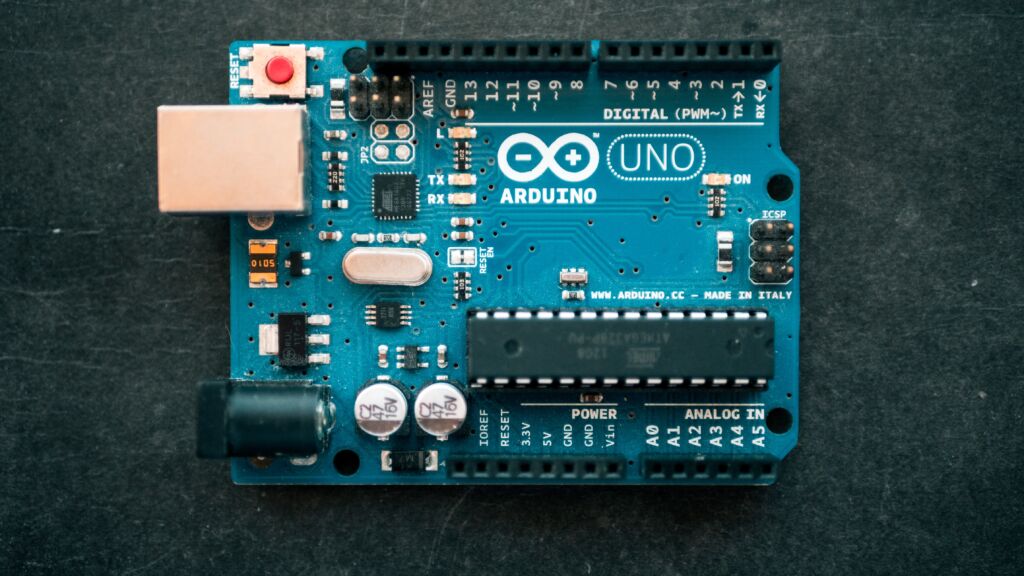
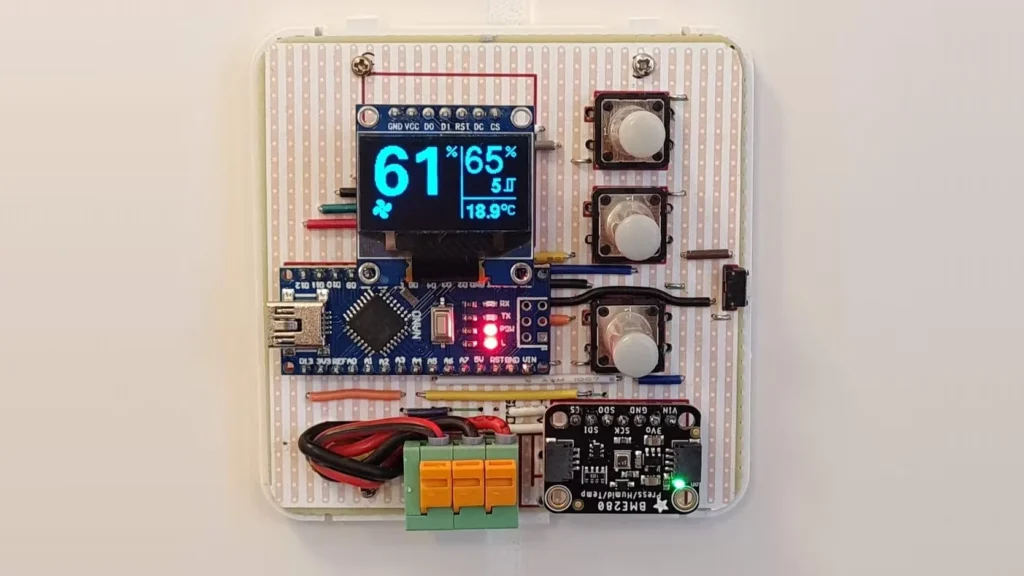
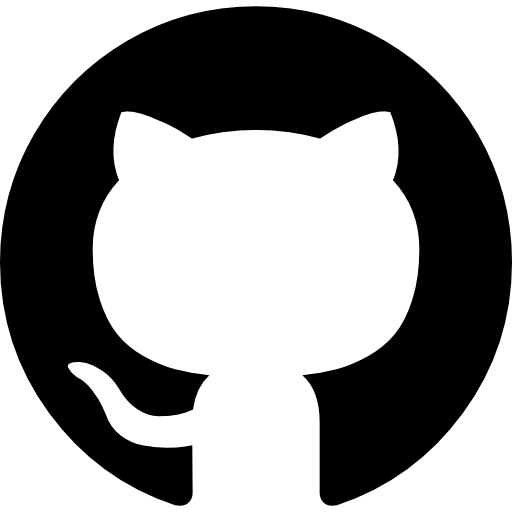
Hey, nice article, btw I also have covered other aspects of Arduino UNO, from specifications to programming, IDE, do checkout my blog: https://madhusudan.live/blog/what-is-arduino-uno-boards-ide-programming-esp32-esp8266